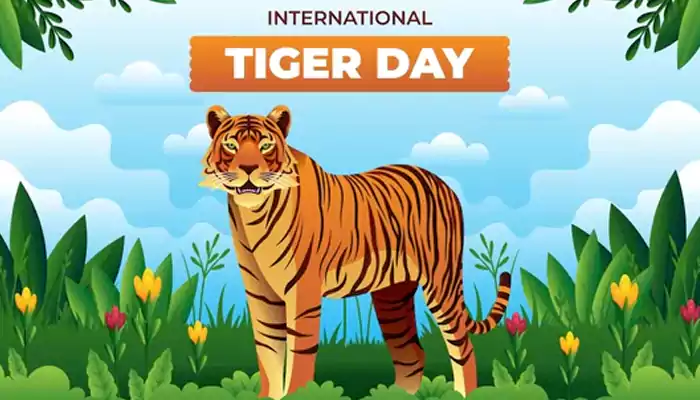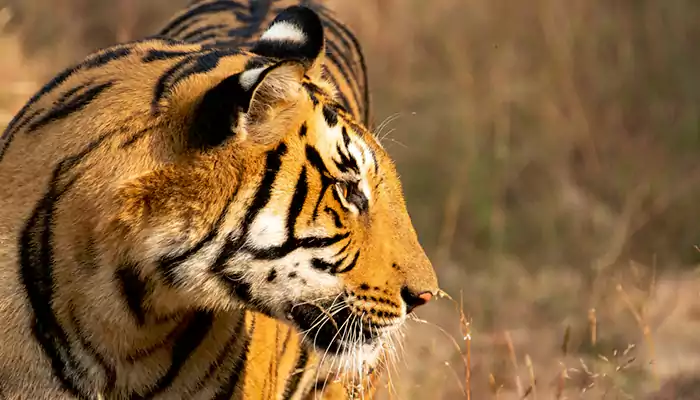Sluggishness in animals: Here’s what you need to know

No matter how you are moving, what matters most is that you should not stop yourself under any circumstances.
The world is amazingly contradictory where some creatures (including human beings) are running short of time, and a few are not at all in a hurry. While the animals like Cheetahs and Peregrine Falcon are hugely acknowledged because of their graceful speed, some animals just can’t leave their sluggishness. For this reason, their names have become the synonyms of idleness. So, have you ever wondered about the name of the slowest animal in the world? This article will surely help you to know –
Three-Toed Sloth, one foot per minute
Sloth is actually a barely moving animal as it spends the days in the treetops. You can blame their low metabolic rate for this lethargy. They get their required nutrition only from a few leaves and twigs. Although they seem similar to other mammals, some zoologists found that their anatomical structure is different. Their long arms and short shoulder blades allow them a large reach without moving too much which saves their energy. They spend 15 hours a day sleeping. Such a happy and stress-free creature, isn’t it?Banana Slug, is probably the slowest
"A large banana slug has been observed to cover 6.5 inches in 120 minutes,”- opinion by the biologist Branley Alan from the University of Eastern Kentucky.They move with the help of their one muscular foot which helps in the secretion of dry granules of mucus. This mucus layer absorbs water and turns it into slime. That slippery substance helps them to crawl very slowly. Do you know why they are so unique? Because they are experts in camouflaging themselves.
Giant Tortoise, the largest and the slowest living tortoise species
From Charles Darwin on the Galapagos in the year 1835 to modern scientists, so many people have studied and are still studying this huge species called Giant Tortoise. They are the inhabitants of majorly two distant areas – on the Galapagos Island of the Pacific Ocean and at Aldabra Atoll in the Indian Ocean. Because of their slow metabolism, they can easily survive a year without food and water. Probably for their sluggishness, God has gifted them with a lifespan of around 150 years.So, in conclusion, it can be said that probably for these animals life is not only a race where they need to be a rabbit all the time.












